Metal pipes for heating - an overview of the main options
Nowadays, when installing heating systems, a large amount of materials is used, and it is not easy to choose a specific option. Despite the development of technology, metal pipes for heating have not lost their relevance and in many respects surpass all other options. Consider the most common solutions and their main advantages and disadvantages.
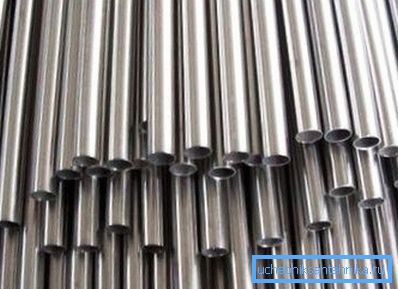
Basic pipe requirements
Before proceeding to the choice of one or another option, it is necessary to figure out what qualities the products should possess. Technical characteristics of metal pipes for heating must meet several basic requirements:
| Strength | Thin-walled pipes will not be suitable for assembling the heating system. Firstly, they do not provide an adequate level of reliability, and secondly, they have a small service life, which is very undesirable, because the cost of replacing the system is considerable and fraught with many difficulties. |
| Quality | Do not use products with foci of corrosion on the surface, dents or other defects that indicate a violation of the production process or storage conditions. |
| Optimal parameters | Do not forget that the diameter of the pipes must be individually chosen for each system, too large a size unnecessarily increases the volume of water, and the heating equipment consumes much more energy for heating the same area. |
| Durability | This factor is especially important if the pipes are laid in the floor or other closed systems. The ideal option is a metal corrugated pipe for heating, it is made of stainless steel and has a virtually unlimited service life, which is very important for systems whose repair requires large-scale work. |
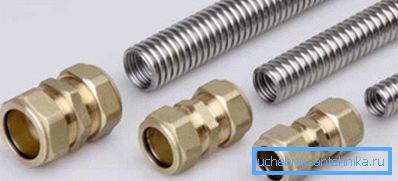
Types of pipes and their features
There are many different options on the market, and you will have to choose between several of the most popular solutions. It should be noted right away that metal-polymer pipes for heating have little in common with metal ones, since they consist of PVC compositions, and they have only a reinforcing frame or only a thin layer of foil from metal. From metal products can be divided into several groups. (See also the article Metal-plastic pipes for heating: features.)
Steel tubes
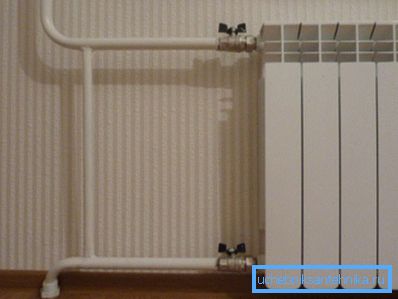
The most widespread option having the following features:
- Low cost, it is precisely because of this factor that the popularity of ordinary steel is still high.
- If you do the heating of metal pipes with your own hands, then you need to have on hand welding equipment, as well as a tool for cutting with a margin of abrasive discs for metal. (See also the article Pipe cutter for steel pipes: features.)
- The biggest disadvantage of this option is its susceptibility to corrosion, therefore, the outer surface must be constantly painted with a special heat-resistant paint. Inside, over the years, deposits are formed, due to which the thermal conductivity decreases, which is why the service life of such communications is not very long.
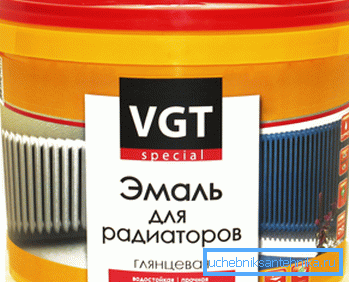
Tip! Many sellers offer galvanized pipes as a more durable option, in fact, zinc increases corrosion resistance, but not so much as to separate this group of products separately. When welding, such pipes release hazardous substances into the air, therefore it is undesirable to use them.
Stainless steel products
Without a doubt, this option can be attributed to the best solutions for many reasons:
- The material has the highest resistance to corrosion, even if it is under constant exposure to water, which is very important for heating systems.
- The strength of stainless steel is very high, it does not break and does not deform under the influence of temperature drops.
- The service life of such systems is more than 100 years, other options are significantly inferior in this indicator.
Remember! The smooth shiny surface of the stainless steel looks great and does not tarnish over the years, as is the case with galvanization.
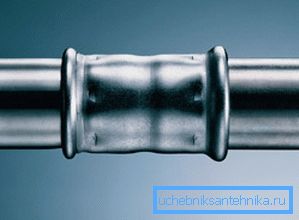
This option also has drawbacks, besides the complexity of installation, it is possible to single out the very high cost of pipes, this factor is fundamental in most cases.
Copper Products
This option is even less common due to its high cost.
Meanwhile, he has many advantages:
- The big term of operation of products making at least several decades.
- The surface is practically not subject to corrosion.
- The pipes are very plastic, which allows them to withstand various deformation influences.
- the system can withstand sudden changes in temperature, and even with the freezing of the pipe to maintain integrity.
The only thing that should be avoided is the increased acidity of water and the connection to steel or cast iron pipes, since these factors can cause corrosive processes in the material.
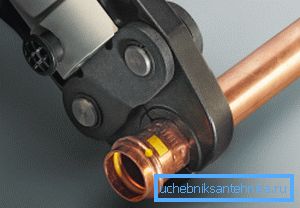
Conclusion
Pipes made of metal are not inferior, and in many ways superior to plastic options, so their use in heating systems will be quite wide for a long time. The video in this article will tell you some important nuances that you should know about.